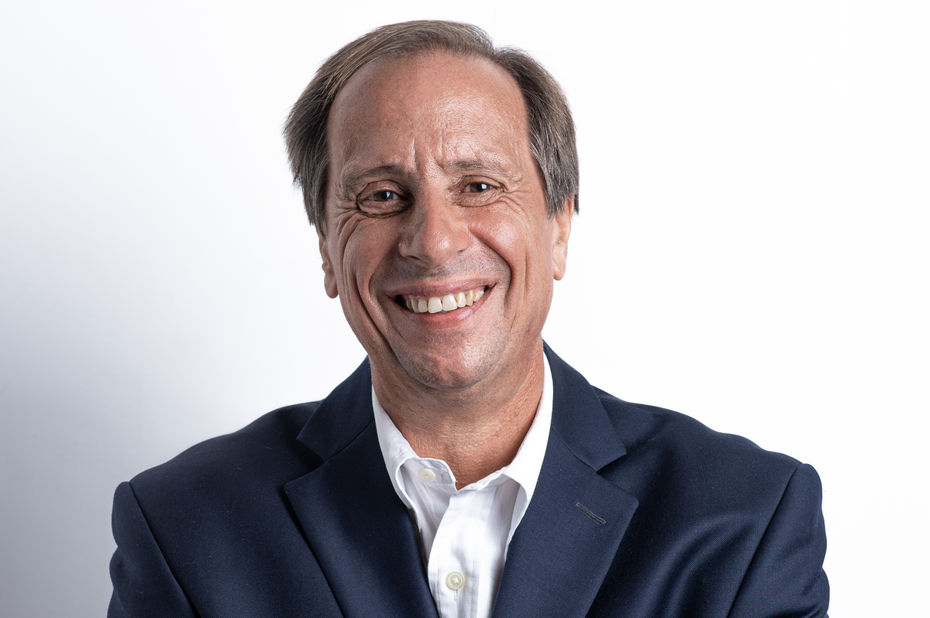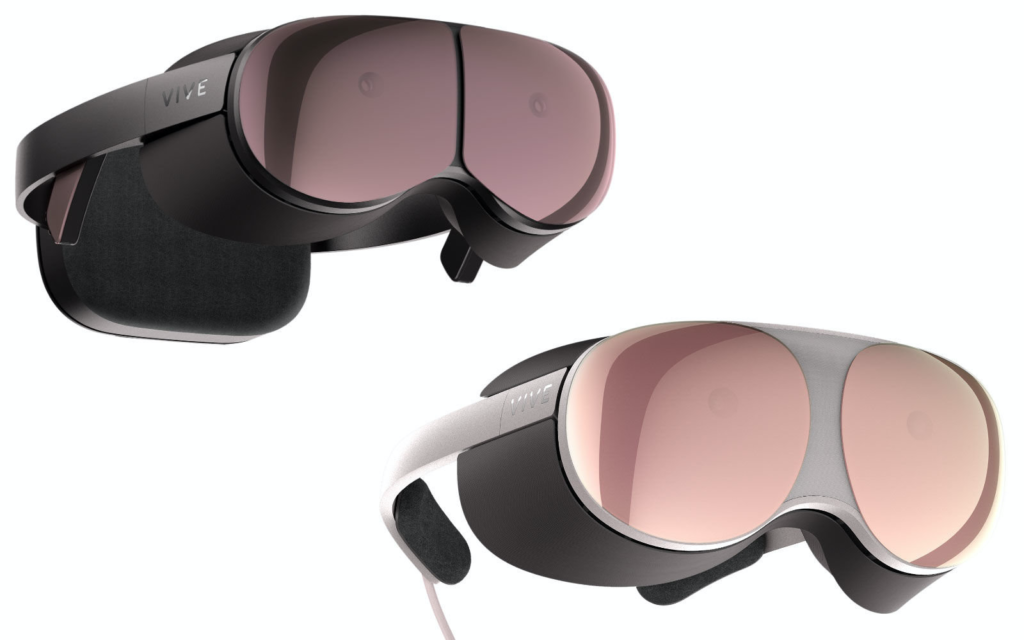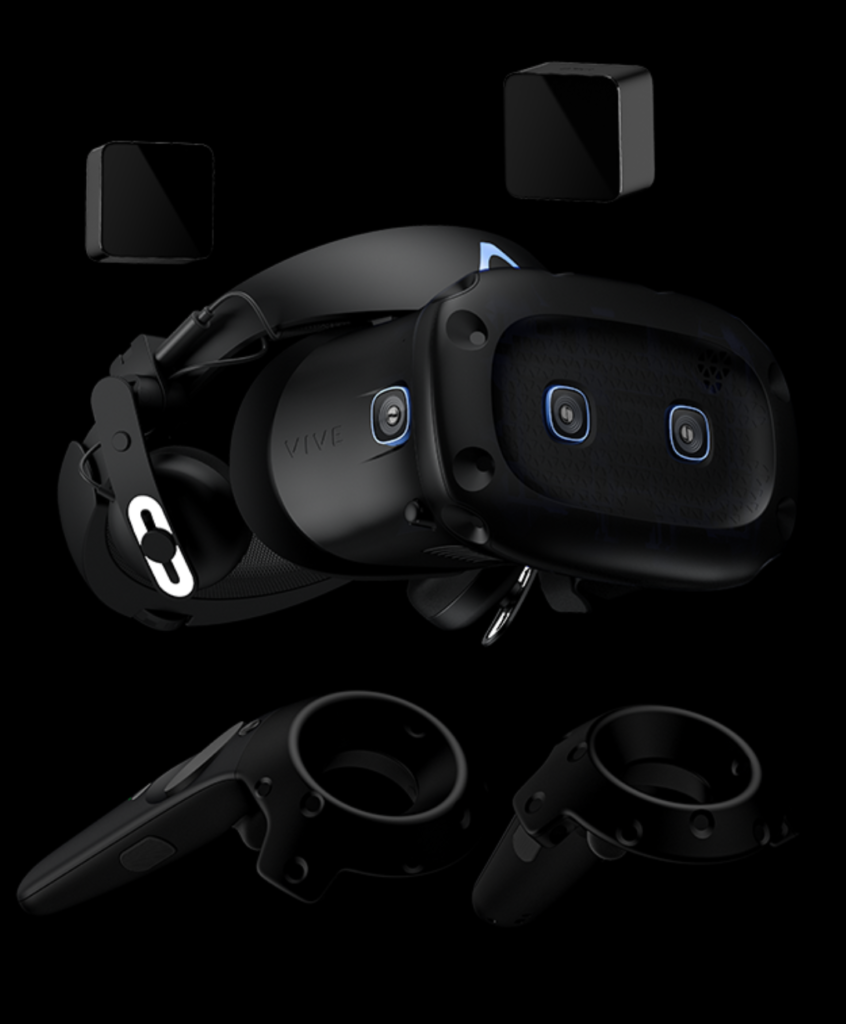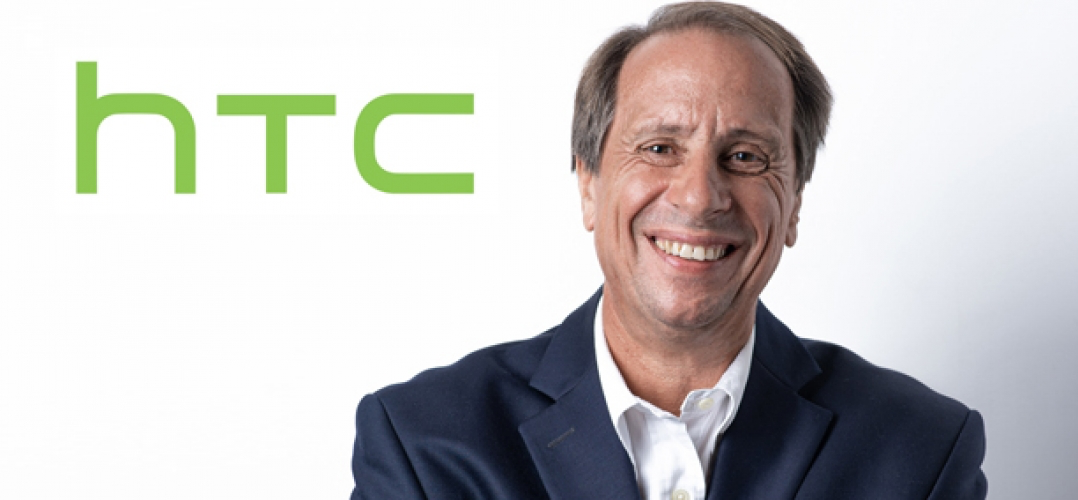In a 18 month stretch that was riddled with software and hardware problems, HTC Vive seems to have a new direction. It is no coincidence that last week was the first time the company made a power move with their newest CEO either. Yves Maître has a new vision and strategy for the company. Even though he is being guided by the executives that came before him, he has clearly put his own flair on this company.
In fact, when asked about if there was a complete change of strategy, Maître denied. He says that “the board of directors asked me to continue on the path that was that of my predecessors, to speed things up, and possibly to redirect the strategy according to market developments. The market is dynamic and it is therefore necessary to remain flexible and reactive, it is also the strength of Asian players.”

In an exclusive interview with Usine Digitale, Maître spoke on a handful of different topics. You can hit the link to read the whole interview (we put it in the English translator for you), or you can stay right here for our favorite parts and highlights of this incredibly insightful interview.
The Oculus business model is to offer affordable hardware and generate income on games, while you generate it on hardware …
On the software side, we offer a more democratic offer, with access to a whole range of games for 14.99 euros per month. They are in a game console model: they sell equipment at a loss and generate profits on the sale of games. And their equipment is designed to be sold at a loss. But I’m not criticizing, that’s what they do. We all create the market, and each has its place and its segment. For our part, we are positioning ourselves in the mid to high-end segment.
The Proton project embodies this vision for the general public?
It is not a [headset], but XR 6DoF + 3DoF glasses [Editor’s note: the controller is 3DoF]. We are the first to do so. It’s a bit of a concept product, with passthrough cameras and full virtuality. We are really in this XR mode. It’s the same as the Cosmos XR but much flatter and lighter. It can be connected to a 5G module, that was what we planned to show in Barcelona. We do not intend to market it at the moment, but we are going a step further in terms of the size of the aircraft. And we’re working with a number of developers and companies on this product.

Some show him a lot of interest, with real volumes at stake. If this interest is confirmed, it is not excluded to market it. It interests the business world because it is light, less intimidating than a helmet, that from the point of view of hygiene they are more used to glasses, and that it is an XR experience and therefore less enclosing.
Will all-in-one [headsets] alone not be enough?
Our strategy is to offer an experience. I have a lot of respect for the people who make helmets, we do it ourselves, and it’s not easy. But it will become commoditized at some point. I think we are in the top in helmet experience, but we know that others will join us, and that we will fight. We will see products coming out at the end of 2020 at the beginning of 2021 which push even further, as on all the markets in creation. But experience is not just that. It includes the headset, the content, the computing power, it’s a whole.

We want to provide the best all-inclusive experience. Today it goes through a PC, tomorrow it will be through a cloud subscription. Having a great helmet but which is limited by its computing power is not interesting. Our goal is to optimize the “total cost of ownership”, but without compromising on quality. And this requires remote management of computing power, because this is where there will be significant costs. So if we cut each element, we are not the cheapest everywhere. But on the “total cost of ownership”, with the price of the helmet and the Viveport subscription, we are the best.






























